Jasmine Birtles
Your money-making expert. Financial journalist, TV and radio personality.

While the term ‘pole dancing’ may conjure up images of seedy night clubs and all sorts of unsavoury behaviour, there’s really a lot more to it.
Relying heavily on core engagement, arm strength and controlled movement, this art form has evolved into a hugely popular form of exercise for women (and even men) everywhere.
Here in the UK, pole dancing studios have been popping up all over the place, offering regular classes as well as party packages for birthdays or bachelorettes.
In fact, it has even been recognised as a legitimate Olympic sport, after the Global Association of International Sports Federation (GAISF) granted it ‘Observer Status’ late in 2017.
Of course, as a growing fitness industry, pole dancing also offers enthusiasts many opportunities to make a bit of money. Here are a few ideas to start off with:
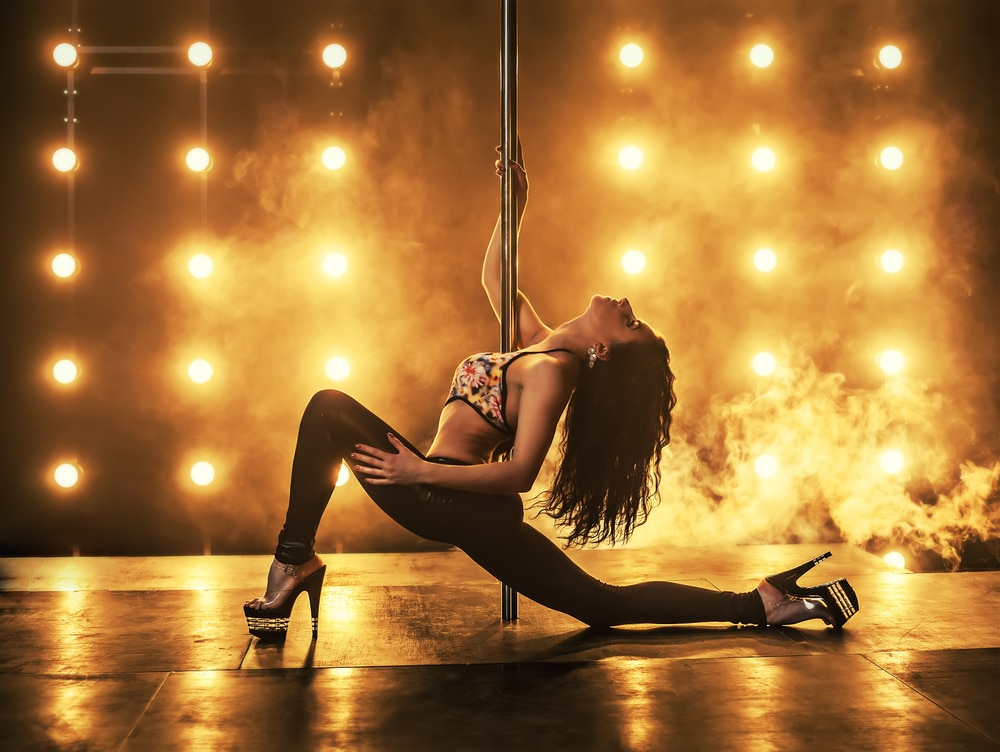
Whether you learned everything you know at a seedy bar or trained at an upmarket studio, if you’ve got the moves, why not make some money from them?
With pole dancing enjoying growing recognition as both an art form and a sport, it’s becoming more common to see it included in entertainment line-ups for corporate events, variety shows and musical performances.
As with many other artistic pursuits, the biggest challenge is to get your foot in the door and establish yourself as a go-to option for these sorts of events. Signing up with a talent agency is a great idea, but don’t forget to punt yourself as well! Share your passion for pole dancing on social media and (if you’re good at what you do) you’re bound to catch the eye.
Unfortunately, dancing is one of those professions where the pay mostly doesn’t live up to the effort and practice. “For high profile events, pole dancers can get anything up to £1,000, but most events in London would pay around £200 / £250,” says Alison Hudd from Polepeople studio in London.
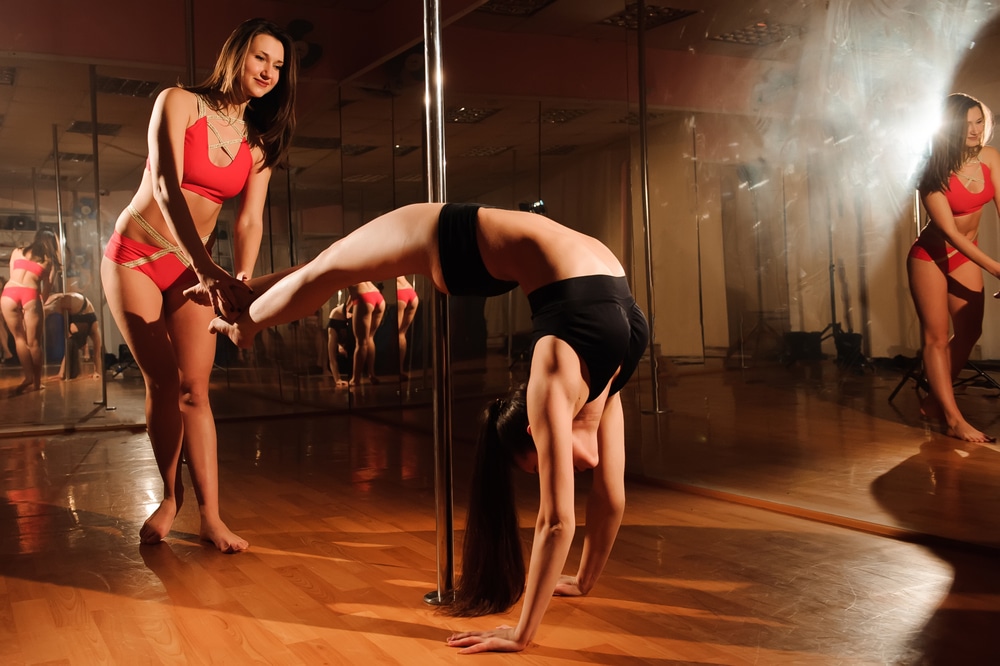
A great way of supplementing performance earnings is to sell your services as in instructor. You can do this in a number of ways:
While it may take a bit of searching, the first option is probably your best bet, as it would cover quite a few overheads, including space, equipment and liability.
For the latter two options, you would need to have your own (portable) equipment, enough space (if you’re working from home) and reliable transport to get to clients’ homes.
Based on general studio rates (around £14 per person per lesson), you could probably charge between £10 and £15 per person per lesson. The important thing, as always, is to make sure that you cover all your own expenses and hopefully also get a little something out.
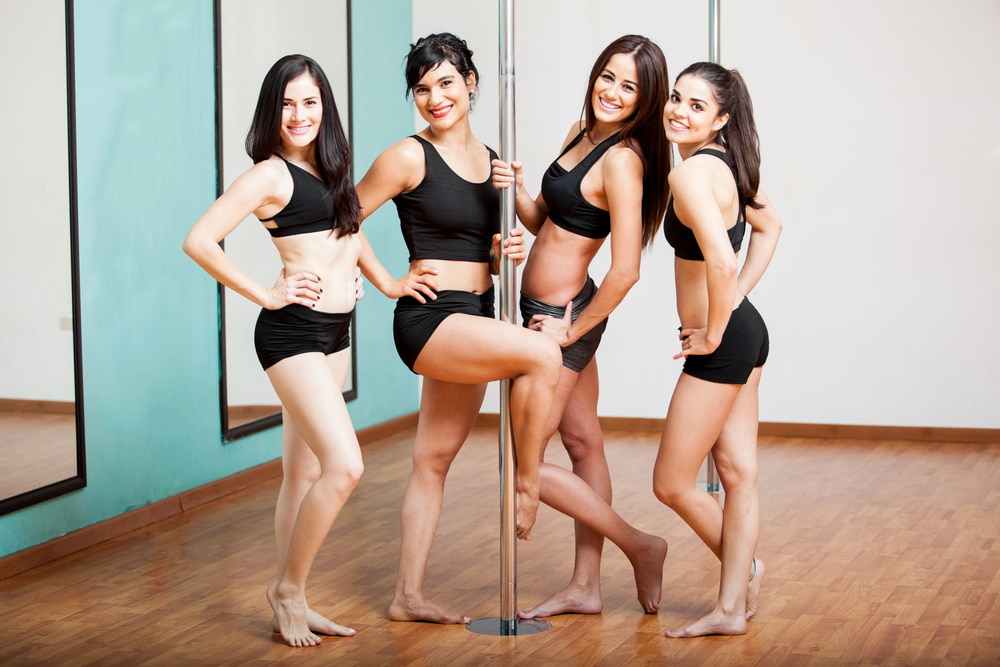
If you’ve been in the game for a while and want to share your pole dancing passion with a wider audience, why not open a studio of your own?
Whether you’re buying or renting a property, getting it set up will – of course – set you back quite a bit financially, but could prove to be a very lucrative long-term investment.
Here are a few important things to have in place before opening your doors to the public:
As mentioned earlier, most studios charge about £14 per person per lesson. So, the more students you have signing up to your classes (obviously within reasonable limits of your studio’s size), the more money you will be able to make.
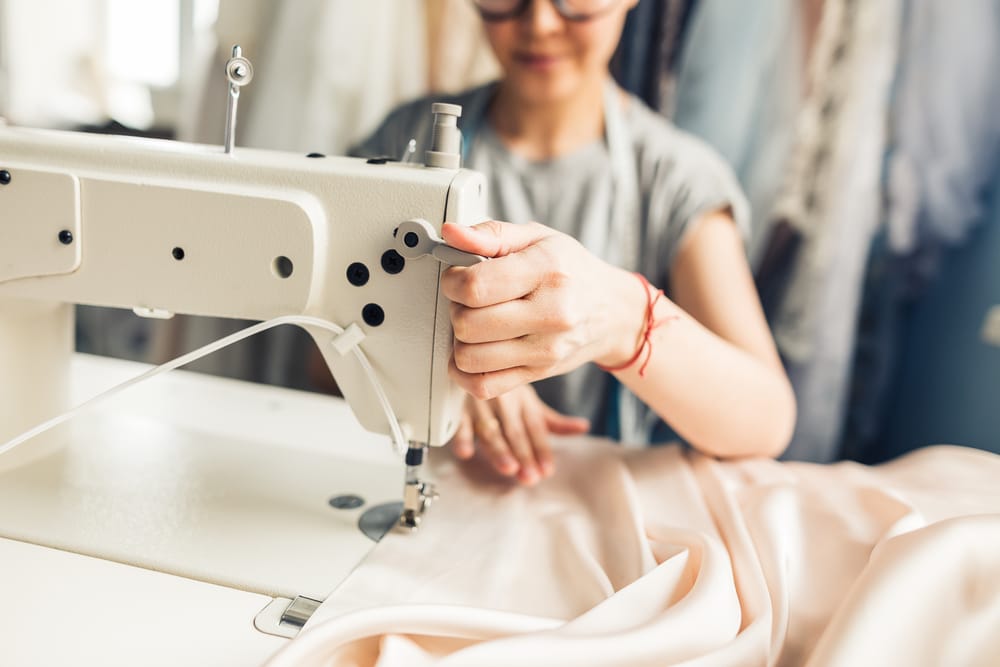
Enjoy pole dancing, but don’t really see yourself as a performer or a teacher? Well, perhaps you can earn a few extra pounds by sewing garments.
Allowing for maximum freedom of movement, pole dancing requires garments that are figure-hugging, stretchy and durable, as well as eye-catching and glamorous for performances.
If sewing is a favourite hobby, you could always experiment with making these sorts of garments, give them to fellow dancers to try out and eventually sell them to a wider audience.
A great way to go about this is setting up an Etsy shop and advertising your garments on Instagram and Facebook.
Since you will be hand-making all items, using high quality fabric and doing a fair bit of design, pole dancing enthusiasts would probably be happy to pay slightly more than they would for generic store-bought outfits.
Based on PoleJunkie’s prices you could probably look at charging around £20 for separate tops or bottoms, and upward of £35 for leggings.
For performance wear that may require a few extra bells and whistles you could probably charge anywhere between £50 and £75.
Once again, just be sure that you cover all your own expenses, so that you don’t end up working at a loss.
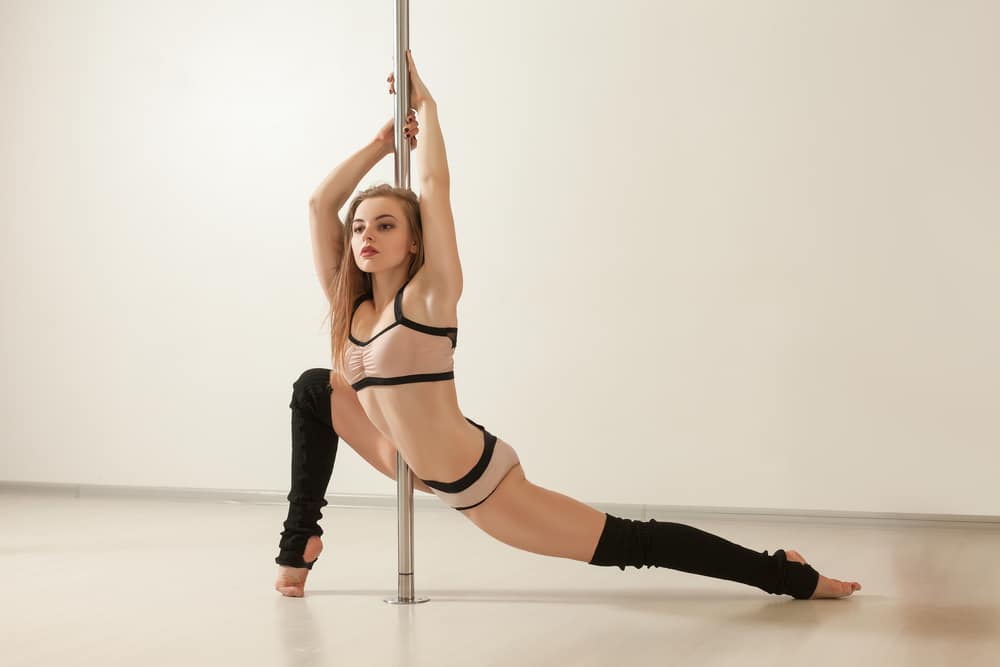
So you seriously lack rhythm and grace, have never touched a sewing machine in your life, but can fix almost anything around the house?
Well, you might just be the perfect candidate for making sturdy poles for dancers to twirl around. Bet you never thought of that!
While we’re sure you probably have a few great ideas of your own already, check out this tutorial on Instructables for installing a fixed pole in a studio or home; and this YouTube tutorial for making a portable pole.
Alison Hudd from Polepeople, however, cautions anyone interested in making poles to do a good deal of research into the safety requirements for fitness poles as opposed to ‘stripper poles’. A pole fitness pole needs to whole your entire body weight and withstand intense movement. A stripper pole is just for standing next to and dancing.
“Pole Dance poles also have different grips for the type of pole dancing you like to do. A brass pole gives you more grip and helps you do more strength moves whereas a chrome on is better for spins etc because of the finish.
A scaffolding pole would be very tricky to work on in pole fitness for example and it would be dangerous to try to do some tricks on it [unless you’re super strong and have been doing pole for years]. If poles are not really strong and stable there’s a [high] risk of them coming down which can be really dangerous,” she says.
This depends greatly on how much the materials cost you and also how much time went into making it, but a quick scroll through eBay suggests that you could charge anything between £50 and £100.
For a bit of additional inspiration we chatted to Alison Hudd – owner of Polepeople in London – about her journey to setting up one of the UK’s most popular pole dancing studios.
”My inspiration was to establish pole dancing as a life enhancing way of exercising and an amazing, challenging skill. Pole dancing has many different styles – at Polepeople, we embrace it as sporty, dancey, acrobatic, sensual and artistic,” says Hudd.
Of course, pole dancing has long been associated with the adult entertainment industry, but Hudd wanted to introduce it to a wider audience and give people the opportunity to learn away from the limits of strip clubs.
Guessing that there were probably more women like herself, who wanted to learn the art to get fit and have fun, she opened Polepeople in 2003 and was blown away by the response.
“It turned out there were loads of women who felt the same and as soon as we launched, women flocked to classes! I started off with just 2 classes a week but expanded to over 10 within a month and it kept growing from there,” she recalls.
Hudd says that they started out by renting a space in London but, as soon as finances allowed, invested in their own place to run classes whenever they wanted. These days they deliver 40+ classes each week from their own studios in Moorgate/Barbican and also Covent Garden and South Kensington.
While running a studio has worked out well for her, Hudd says that there are many ways for pole dancers to make money these days:
“Aside from strip-clubs, people can train to become Pole Instructors by getting dance / fitness qualifications and also getting a pole instructor qualification. Polepeople has Instructor Training Courses that are accredited by SkillsActive, the UK’s governing body for the Fitness Industry. As well as teaching there are loads of National and International Competitions that you can enter and you can also earn good money from performing at events.”
If you want to learn more about pole dancing and maybe even take a class or two, check out Polepeople’s website.


Great for talented pole dancers!